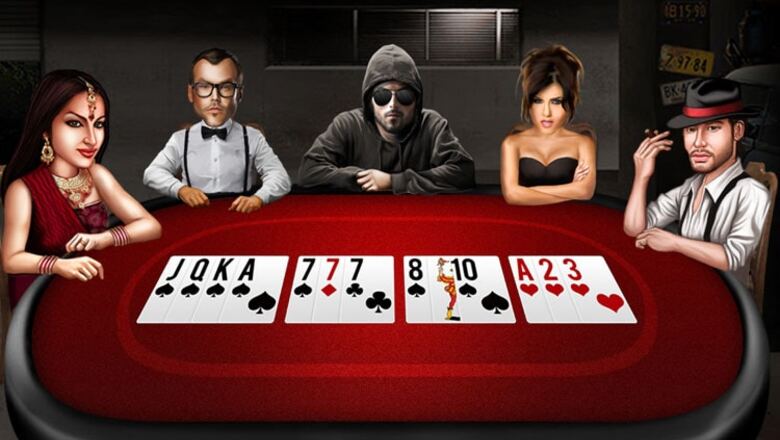
views
Gaming in India witnessed its dawn with games like Snake, Tetris, Bouncing Ball, and Space Impact on feature phones. It evolved to a few simple games on PC like Solitaire, Super Mario and Pacman. In the last few years, it has grown into a slightly evolved gaming destination, thanks to the mass availability of smartphones in the country. We may be late entrants to the gaming frenzy, but we are catching up for sure.
India today possesses a generation that understands and consumes mobile games and thus, a recent KPMG-FICCI study forecasts the Indian gaming market to reach $800 million by 2017.
Let's rewind back a bit to the times when the virtual drama of gaming was yet to unfold. This was a time when India had a huge culture of traditional gamers who used to enjoy exciting games of cards: Teen Patti, Rummy, Bluff and so on with their friends and family on special occasions and get-togethers. This culture suddenly began to dissipate with busy lifestyles, nuclear family patterns and the increasing trend of family outings rather than indoor activities.
So what is keeping Indian gamers entertained in this generation? Today, western games like Candy Crush, Subway Surfers, Temple Run, Clash of Clans and Angry Birds have taken the digital gaming industry by storm. These are interesting times with more and more gamers in India resorting to their tablets and smart phones to break away from the monotony of their lives to indulge in virtual play. This ready and growing customer base has inspired game developers to revive the traditional Indian games to gain popularity through instant recall and socio-cultural recognition.
Gaming companies are now betting big on it by focusing on bringing digital innovation to conventional Indian games to compete with the western world. In fact, local gaming companies are busy creating their own space within the gaming segment by virtue of their unique offerings. Moreover, considering the masses and their inability to afford expensive console systems etc, the Android and iOS ecosystems provide a perfect low-cost alternative to expensive gaming systems. By introducing well-known games like Rummy and Teen Patti to the digital gaming world, Indian gaming companies are trying to connect the common man to the social aspects of traditional long lost games.
Bringing traditional games that are popular offline to the online platform is a winning strategy because offline players would love a platform where they can play those games anytime, anywhere. That said, crafting of gamified versions of mythological stories and bringing them into the mobile ecosystem appears to be another untapped opportunity.
With the mass availability of smartphones, consumers enjoy enormous amount of computing power in their hands, resulting in the gaming industry becoming one of the fastest growing segments in India. This has given tremendous opportunity to the innovative lot of game developers.
However, the monetisation mechanism of the online games is what requires to be structured correctly, because even though India is a money savvy society, people here are still reluctant to pay for mobile games, despite cheap gaming rates and mobile Internet plans. To target those sections of gamers, Indian developers are also exploring the "Freemium model" of monetisation, wherein the users can play most of the game for free but have to pay for virtual goods and in-app upgrades. The model stands suitable for the price sensitive online gamers of India.
The gaming sensibility in India is geared for its journey towards progress. The coming generations will not just comprise of engaging gamers but also a battery of passionate game designers, developers and marketers, making India big on the gaming radar and at par with its western counterparts.
(Ankush Gera is Founder and CEO at Junglee Games)




















Comments
0 comment